Many deer hunters consider the summer months their down time. After all, it’s the off-season, right? But don’t be fooled into thinking that the off-season means you’re free to take off from the chores and prep that come with finding success in the fall. The summer months just might be some of the busiest months of the year for the deer hunter with ample opportunities to hone stand locations and narrow down the search for the buck that will hopefully wear our tag once deer season arrives again. Successful hunters will make the most of the smokin’ hot days of summer. Bowhunt or Die team member, Josh Fletcher, is one of those guys. He spends a tremendous amount of time planning and preparing for the opportunity to punch his deer tags each season. We picked his brain a bit on summer scouting and what moves he makes to prepare for success. Here’s a quick list of 7 deer scouting moves he suggests you make this summer as you prepare for opening day.
Cyber Scouting
I do a lot of cyber deer scouting in the off-season, including topo maps, onX maps, and Google Earth when I’m looking for new areas. I’m looking for diversity. I want areas that provide the food, water, bedding (cover), and low pressure. Pressure can come in many forms, from hunting for other species, hiking, horseback riding, and any other presence we add to the land that we intend to hunt. I also look for hidden areas that others overlook. These areas tend to be smaller chunks that are tucked away, or even blatantly obvious, just avoided by others. For diversity I’m looking at terrain features were ridges filter down into swamps, cut-overs, oaks and pines. I don’t want an area that is mono-culture. After I pick out numerous areas to investigate, its time to put boots on the ground. Learn to use the tools and resources that are available online for your summer deer scouting efforts. The smartphones of today allow you to scout like never before. The technology available in the palm of your hand will blow your mind.
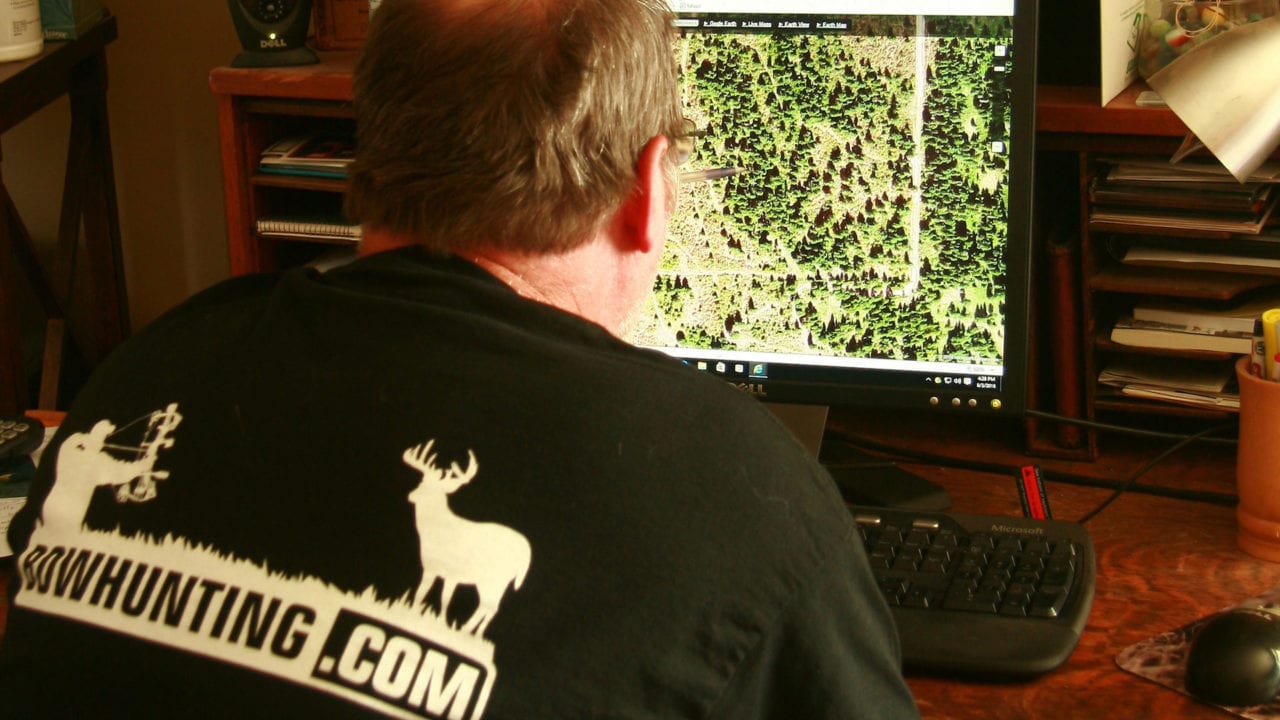
Time spent scouting at the desk can put you ahead of the game when you finally put boots on the ground.
Put Boots on the Ground
I start off by going right in where I suspect deer bed. I’m not really worried if I bump deer at this time of the year. I’m checking for beds and looking for last year’s sign. You’ll often find a lot of rubs in close proximity to these bedding areas. You’ll also want to pay attention to edges that lead to and from these beds. I like to follow those edges to the food source, looking for stand locations along the way, as close to the bedding as I can possibly get without bumping deer during the season. Hunting beds is a great way to encounter a good buck during the early season before the rut kicks in. As I’m scouting I’m also looking for funnels and corners that I found from cyber scouting. I’m making notes on proximity of those funnels to food sources and thinking about the big picture. Consider this, when the bucks start cruising and looking for hot does, would this be a location that they would be traveling through to scent check an area that is a major food source? Also make note of what the food source is – beans, corn, acorns, or natural browse. Pay attention to the big picture. Find those food-to-bed travel routes and always ask yourself, “Would a deer prefer to walk here?”
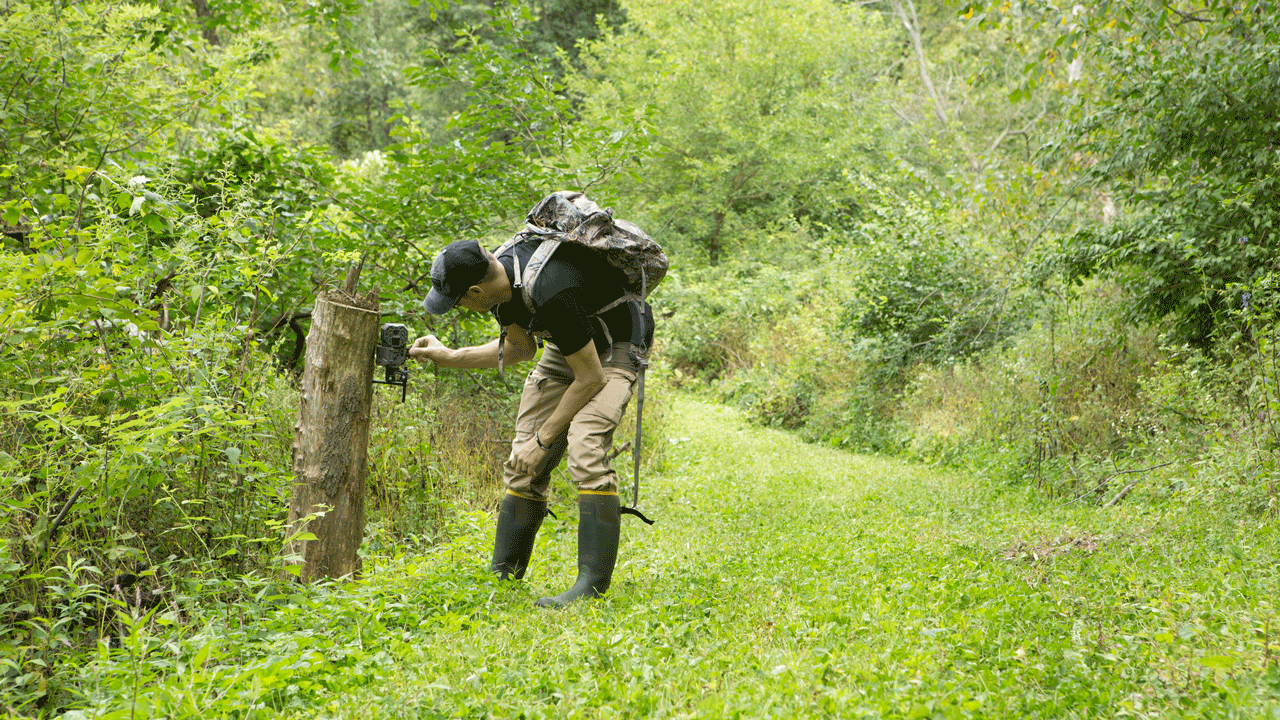
Pack on your back, trail cameras to check, it’s time to put boots on the ground.
Entry and Exit Points for Stand Approach
Entry and exit points are likely the most overlooked factor to a successful stand location. As you walk you leave a scent trail. Depending on weather conditions, that scent trail can last for days. So well after you leave the woods and head home, your scent trail could be impacting deer and how they use the area well after you’re gone. You can have the best stand location in the world, but it does you no good if you’re bumping deer and leaving scent through their travel route each time you walk in and out of the woods. Even if you’re just spooking does, it will impact the bucks as well. The big boys will lay tight and listen to all the does blowing and causing a commotion. He’s letting them do his dirty work. So when you find a great stand location, make sure the approach path is clean and clear for your entry and exit. If not, maybe an alternate stand location may be something to consider.
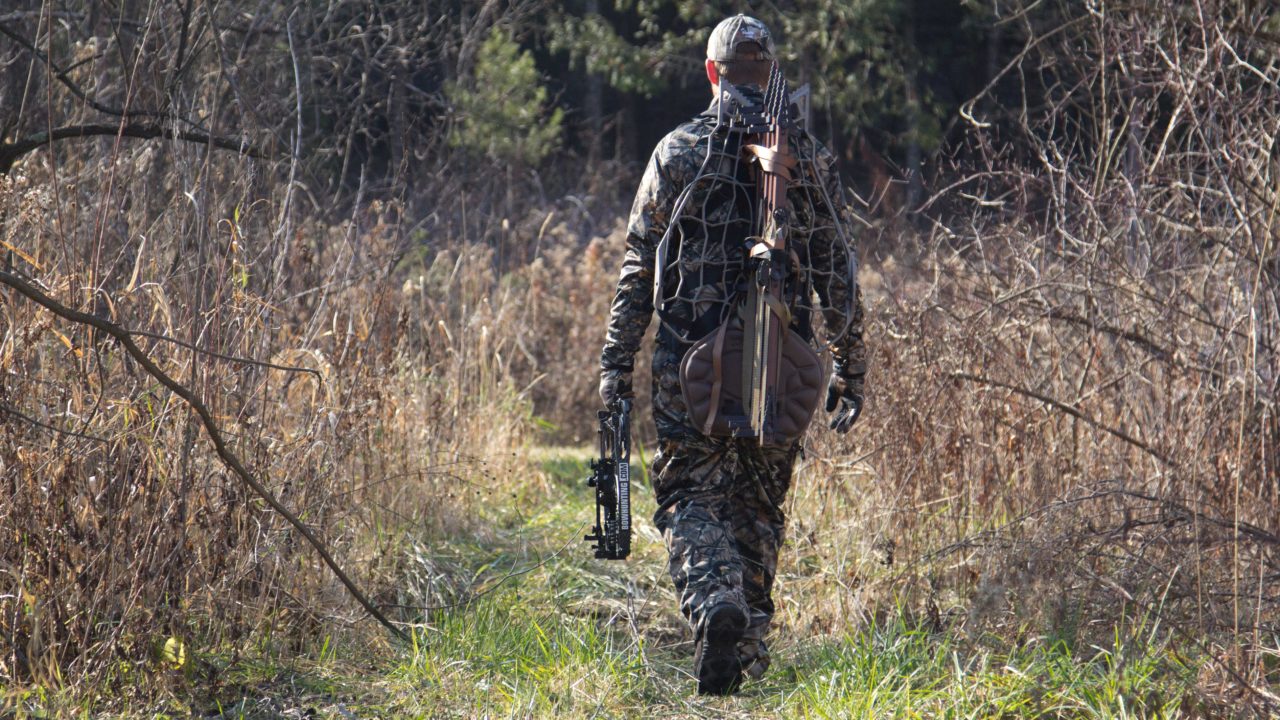
Have you considered the impact of your entry and exit trails to your treestand?
Hang Stands Sooner Than Later
I like to prep my stand locations and travel routes sooner than later when it comes to summer prep work. Removing logs, sticks, and other debris that tends to make noise on my way in are cleared out and cleaned up. I want to be able to slip in as quietly as possible without spooking deer. I walk the exact route I will take to the stand, not only prepping it, but I also GPS the route so I have it for the first time I go in during the season to keep me right on track. The last thing I want to do is have a planned route, only to get lost when it comes to finding my way in the dark on opening morning. I also like to make notes on my phone with details of the stand site. Treestand height, how many climbing sticks the stand needs, wind direction, details of the actual tree I’m in, and others are all entered into my phone for future reference.
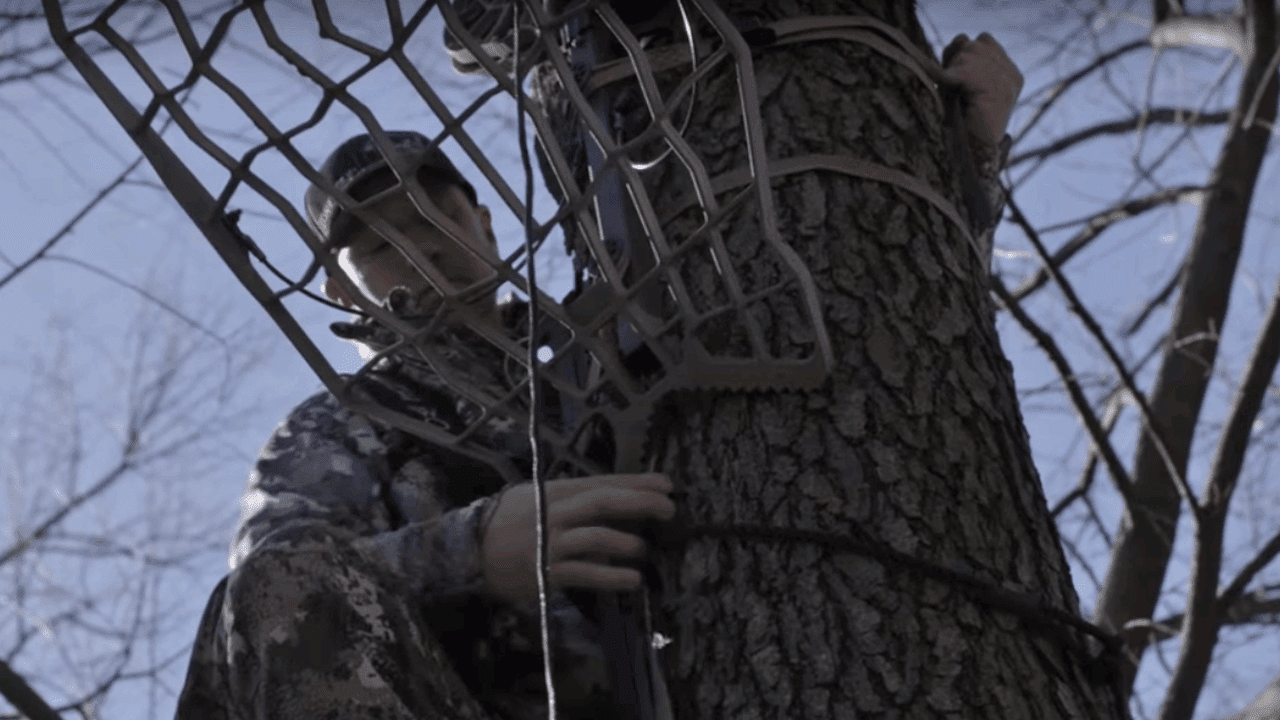
Get in early, hang your stands, and stay out as much as possible.
Log Deer Scouting Notes
Learn to log your findings and you’ll be a more successful hunter. I keep a journal, be it handwritten or digital, of all my scouting notes. Let’s face it, we have a ton of stand ideas and options out there. Logging this information helps you determine when and where to hunt, based on the notes you’ve entered over the years. I plot rubs, trails, food sources, bedding areas, best wind directions for different properties, and more. This paid off bigtime for me last year with the buck I was able to kill based on my scouting notes and years of knowledge gained on how and when to make my move. From previous years, I knew it was best to stay out of that area until the time was right. Don’t force it!
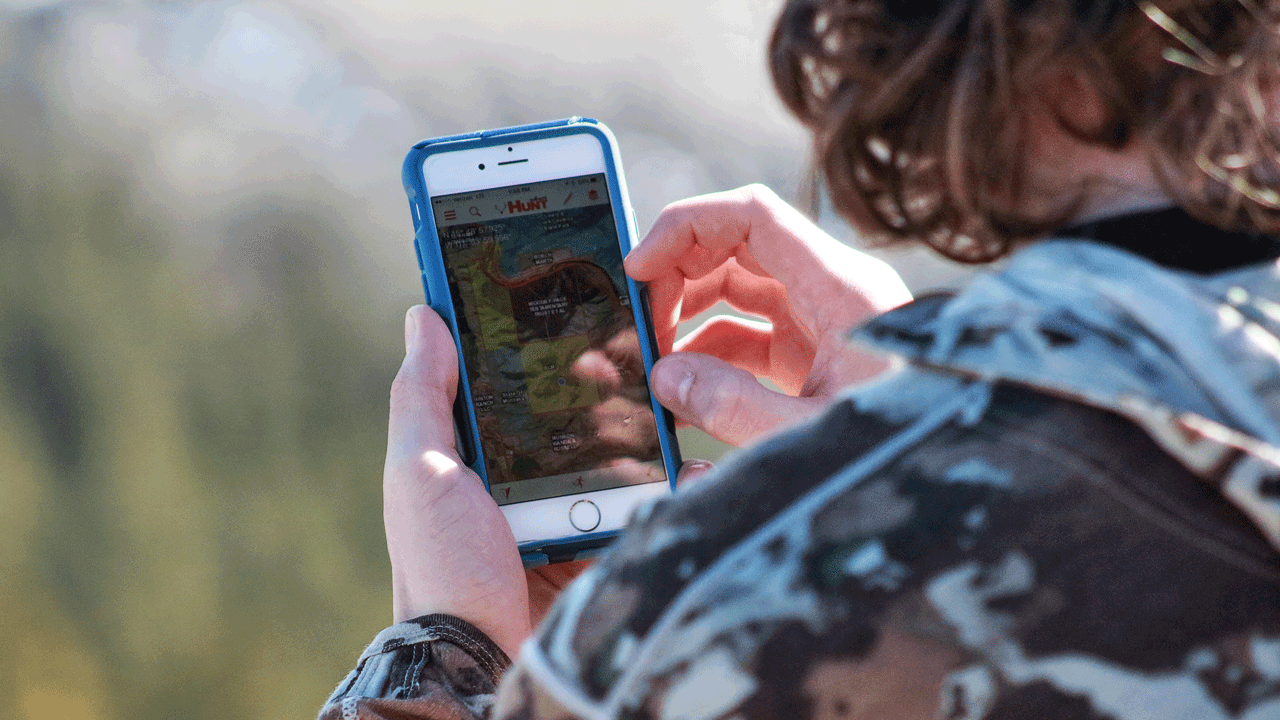
Your smartphone is one of the best tools available for scouting and logging notes for deer season.
Consider Trail Cam Placement
I love checking trail cameras as much as the next guy, but I’ve also learned that you can do more harm than good with them if you are not careful. I like to place my game cameras in easy to access locations that will have low impact and pressure on the property or area I’m hunting. I personally don’t like to place my cameras next to stand locations. This just adds more pressure to that stand site. I place my cameras elsewhere on the farm, more for taking inventory than anything else. Where legal, salt licks, feeders, or other attractants are a great way to take inventory on the farms you hunt. Other locations include entry/exit trails around fields and foodplots. Remember, easy, low pressure access is the key. Place those cameras in such a way that you can check them with minimal disturbance to the deer herd.
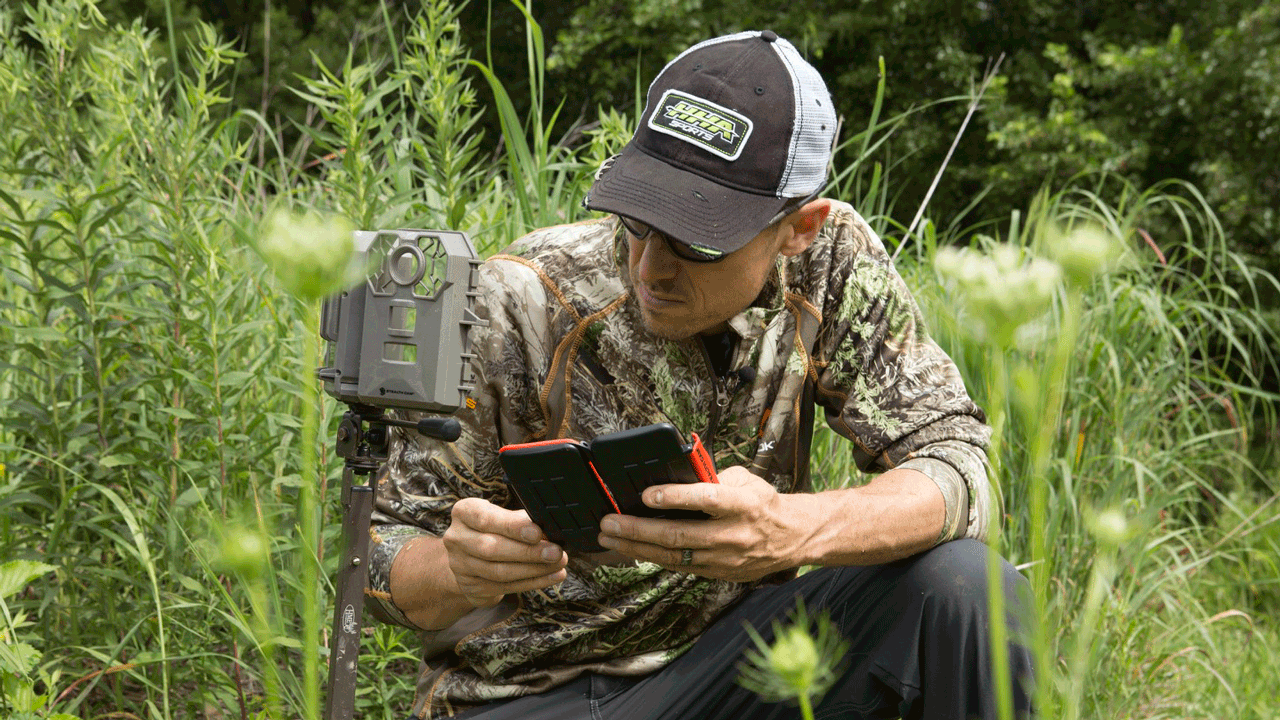
Fields are a great low pressure option for trail cam placement.
Don’t Procrastinate
Get your chores wrapped up ahead of time and the days leading up to the opener will be far less stressful. Sure, it’s hot and you’d rather be fishing. But the moves you make at this point of the year will pay off big when deer season arrives once again. Get all your stands in place and ready to roll by mid-summer and you can coast towards opening day without the worry of what needs to be done. Your scouting efforts will put you in the right place, allowing you to hunt with confidence this season, provided you don’t wait until the last minute to knock out the work that needs to be done. Remember, waiting until the last minute to hang stands and get your prep work finished only puts additional pressure on your deer herd. And pressure right before the opener is the last thing you want to do on the farms you hunt. have your home work done and stand locations and equipment ready by mid-summer.
Want to be more successful in the deer woods this fall? Don’t wait until hunting season to try and make that happen. Put your blood, sweat and tears into the summer months and you’ll be ahead of the game when opening day arrives this fall.
Post a Comment





